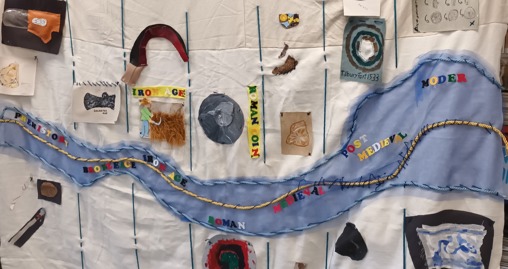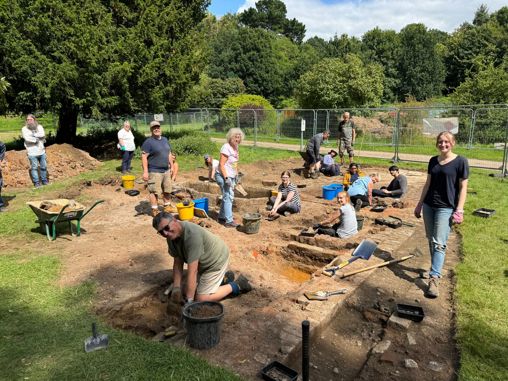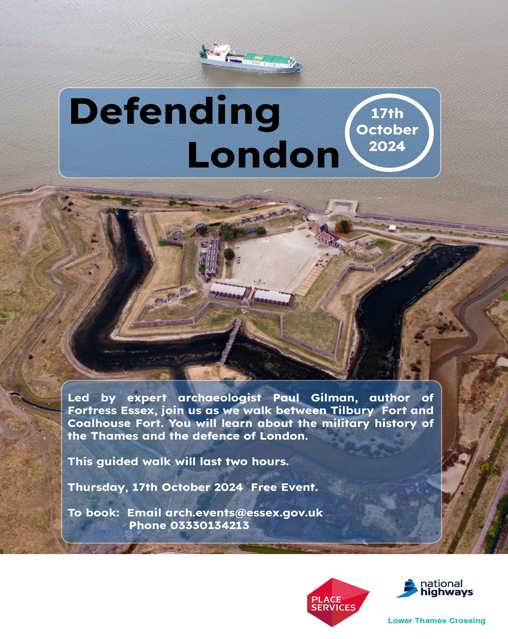Lower Thames Community Archaeologist
Project details
- Client: National Highways
- 31 March 2025
- Essex
People involved
Specialisms
In April 2023, Place Services embarked on the design and delivery of an exciting programme of outreach events within the corridor of the Lower Thames Crossing development, which is set to be the UK’s largest ever road tunnel.
The objective was to enable the public to discover the archaeology of their area and hopefully fuel a passion that would extend beyond the timeline of the project. Funded by National Highways, the project delivered 23 events over a period of two years, comprising workshops, activities, and a two-week training excavation. It directly reached 409 individuals, of whom 97 were under 16.
The main body of the project was the provision of individual events, for which we worked with schools and community groups to reach a wide and varied audience. Workshops were facilitated for local interest groups active in south Essex, which were well attended. These workshops aimed to teach research skills, such as accessing archives, finds identification, and building recording.
In addition, there was a range of activities for members of the public. Young people and carers at Thurrock Play Network created the amazing ‘Thames Through Time’ banner, which was inspired by their favourite artefacts. Other events included the exploration of prehistoric finds and mammoth making at Grays Library, and a number of walks and lectures highlighting the area’s heritage. These have covered topics such as the military history of the Thames, including visits to Coalhouse and Tilbury forts, riverine archaeology, and the heritage of the local Bata Shoe Company. Working alongside Thurrock Young Carers, the home school network, and Quarry Hill Academy, the project has created three exhibition pieces to be displayed in Thurrock.
The highlight of the project was the community excavation at Weald Country Park, Brentwood, in summer 2024. Place Services commissioned Oxford Archaeology to deliver the excavation, which aimed to uncover the remains of a lost Tudor hall and provide opportunities for volunteers to gain hands-on experience of an archaeological dig. Volunteers were trained in techniques including drawing, photogrammetry, surveying, planning, and the use of GPS and drones. A fantastic effort from all those involved led to the excavation of the foundations of the sixteenth-century hall and the discovery of an unusual stone-lined Georgian bath, complete with bone toothbrush. These surprising finds were featured on BBC news, capturing the imagination of local audiences and TV viewers alike.






